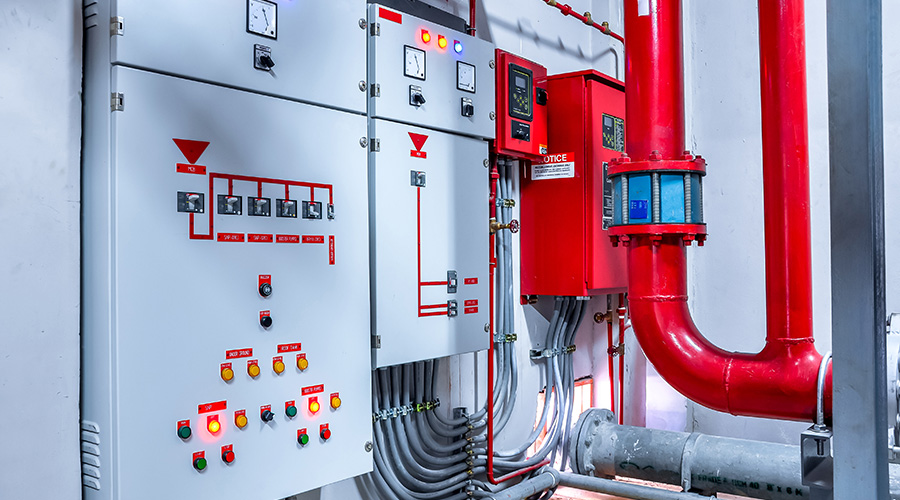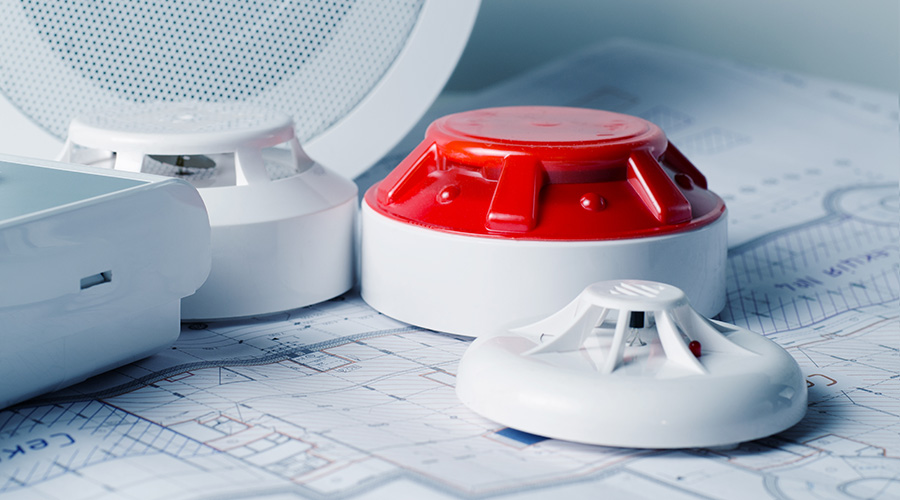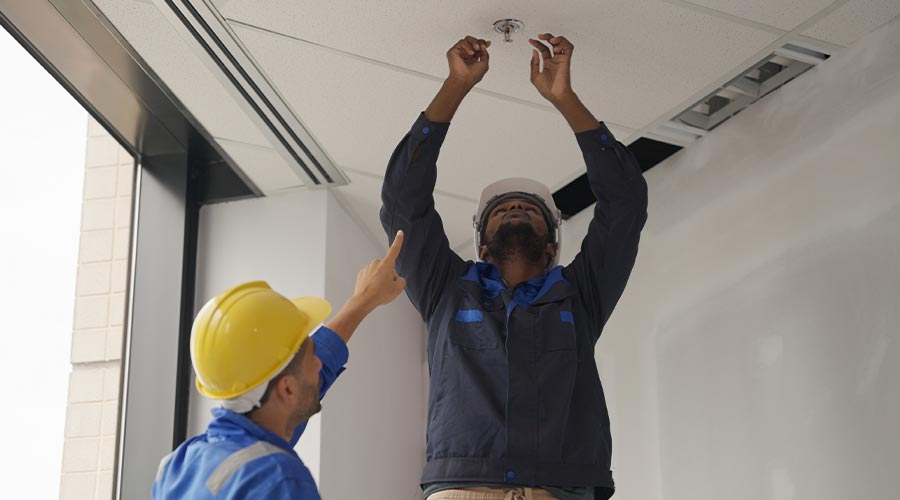How NFPA 72 Defines Mass Notification
In an emergency, being able to communicate with occupants, first responders, and others who may potentially be affected is critical. One way to do that is through the fire alarm system, which can be used for communication in non-fire emergencies in areas that will recognize the 2010 edition of NFPA 72: National Fire Alarm and Signaling Code. The 2010 edition was the first to allow fire alarm systems to be utilized for communicating emergency information in situations other than fire emergencies. But before doing so, it's important to understand what NFPA 72 does and does not require and how NFPA 72 defines mass notification.
How Does NFPA 72 Define Mass Notification?
To get a better understanding of how NFPA 72 applies to the design of emergency communication systems, we need to review the definitions of the systems that it addresses. NFPA 72 defines an emergency communications system as "a system for the protection of life by indicating the existence of an emergency situation and communicating information necessary to facilitate an appropriate response and action." There are a number of sub-definitions that are more specific to the types of systems addressed by NFPA 72.
One-way emergency communications systems are intended to broadcast emergency information in a building or area via audible, visual, or textual means. These types of systems include:
- In-building fire emergency voice/alarm communications (traditional voice/EVAC systems)
- In-building mass notification (transmit messages for other than fire emergencies)
- Wide-area mass notification
- Distributed recipient mass notification
Two-way in-building emergency communications systems fall into two categories. There are systems intended to be used by emergency personnel and first responders and there are systems intended to be used by occupants of the building. Within these categories, there are hard-wired systems and systems that enhance signals for radios. Systems that are addressed in NFPA 72 include two-way fire fighter communications, radio enhancement systems, elevator communication systems, and area of refuge communications.
An emergency communications system can be a dedicated system, or it can be made up of a number of integrated systems, or it can be a combined system used for fire and other emergency communications. There are many ways to put a system together, and NFPA allows for flexibility.
The Road to Code
The motivation to expand NFPA 72 to include mass notification and emergency communications systems beyond just fire events was driven by a number of fatal events such as the Khobar Towers bombing in 1996 and the Virginia Tech massacre in 2007. The Department of Defense (DOD), through the United States Air Force, first petitioned NFPA to develop a standard on mass notification in 2003.
There were a number of reasons that DOD wanted a design standard for mass notification systems, but a primary factor was to allow fire alarm systems to also be utilized for mass notification. NFPA delegated the task to the technical correlating committee on signaling systems for the protection of life and property, which is responsible for NFPA 72. Guidance on the design of mass notification systems was first introduced in the 2007 edition of NFPA 72 as an Annex.
The 2010 edition of the code was significantly revised and Chapter 24: Emergency Communication Systems was added. The chapter also includes criteria for mass notification systems. It is also the first edition of NFPA 72 that allows other emergency signals to take precedence over fire alarm emergency signals. The 2013 edition of NFPA 72 has been published and is available. While there are a number of changes in the code, none of them are radical changes.
— Ray Grill
|
Related Topics:














